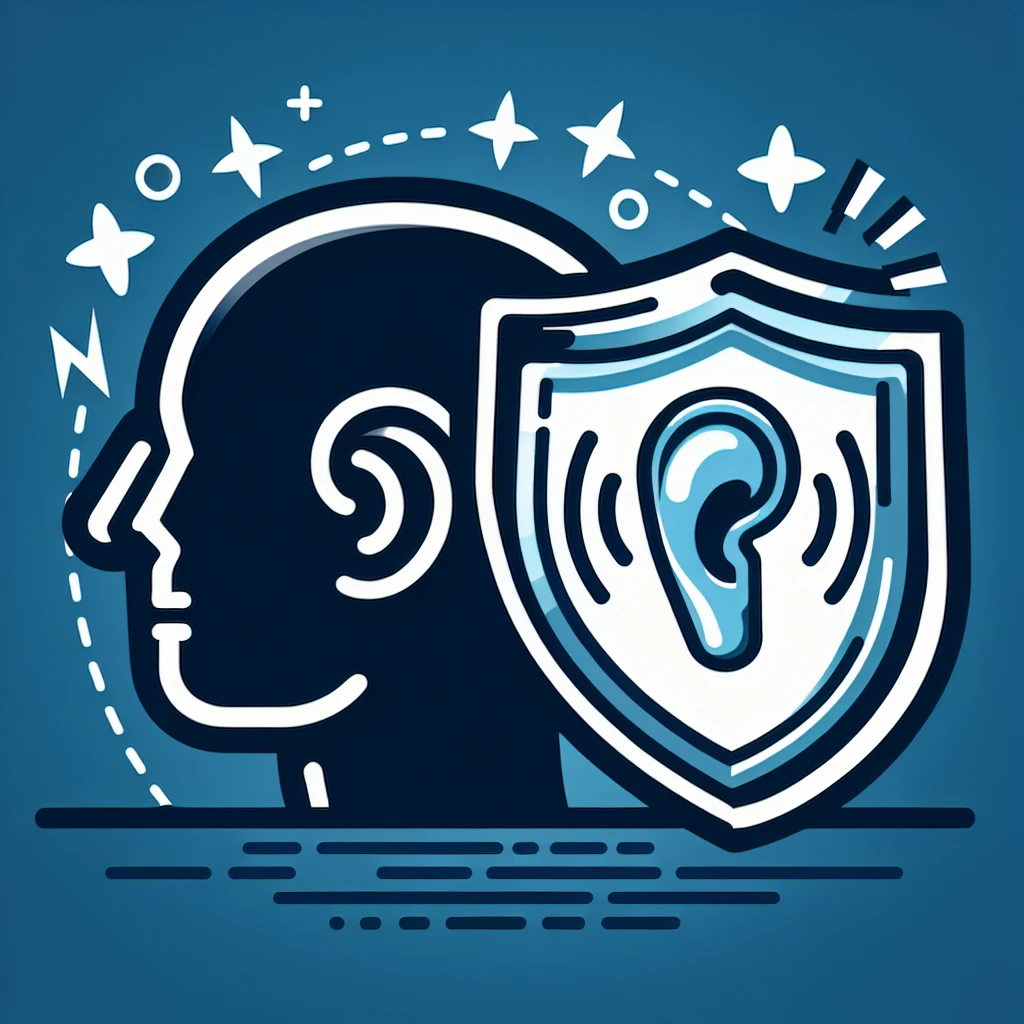As the popularity of wireless earbuds like AirPods continues to surge, it’s essential to recognize how to use them responsibly to protect your ears. Proper usage can help prevent hearing damage and maintain your ear health. This comprehensive guide provides practical tips on how to safeguard your hearing while using AirPods.
Understanding the Risks
Extended use of earphones, particularly at high volumes, can lead to several hearing issues. Understanding these risks allows you to take preventive measures.
| Risk | Details |
|---|---|
| Hearing Loss | Prolonged exposure to loud sounds can damage the hair cells in the inner ear, leading to permanent hearing loss. |
| Tinnitus | A ringing or buzzing noise in the ears caused by loud noises. |
| Ear Infections | Using unclean earphones can introduce bacteria into the ears, leading to infections. |
| Ear Fatigue | Sustained use can tire the auditory system, resulting in temporary hearing loss. |
Setting Safe Volume Levels
Listening to music at a high volume is one of the primary causes of hearing damage for AirPods users. Here’s how to set safe volume levels:
- Keep the Volume Below 60%: Experts recommend keeping the volume under 60% of the maximum limit to avoid potential damage.
- Use Volume Limit Settings: Utilize the volume limit feature on your device to ensure it doesn’t go beyond a safe range.
Implementing the 60/60 Rule
The 60/60 rule advises listening at 60% of the volume limit for no more than 60 minutes at a time. This rule helps to prevent prolonged exposure to loud sounds.
Using Noise-Canceling Features
AirPods Pro and other advanced models feature noise-canceling technology. This allows you to listen at lower volumes by reducing ambient sounds. Here’s how to use it:
- Enable Noise-Canceling: Access the control center on your device and toggle the noise-canceling feature on.
- Choose Appropriate Tips: Use the ear tips that provide the best fit to ensure effective noise cancellation and comfort.
Limiting Usage Time
Even at lower volumes, prolonged use can lead to ear fatigue. Follow these tips to manage your AirPods usage time:
- Take Regular Breaks: Remove your AirPods for 5-10 minutes after every hour of use.
- Alternate Audio Devices: Switch between AirPods and other audio devices like speakers to minimize direct exposure.
Maintaining Cleanliness
Keeping your AirPods and ears clean is vital for preventing infections. Here’s how to do it:
- Clean AirPods Regularly: Wipe your AirPods with a soft, dry cloth and use a dry cotton swab to clean the microphone and speaker meshes.
- Keep Ears Dry and Clean: Avoid inserting wet AirPods into your ears and maintain good ear hygiene to prevent bacteria buildup.
Choosing the Right Fit
The fit of your AirPods affects both comfort and sound quality. A good fit can help with effective noise cancellation and reduce the need to increase volume levels. Follow these steps:
- Use the Right Ear Tips: Select ear tips that provide a snug yet comfortable fit.
- Adjust as Needed: Experiment with different sizes to find the most suitable option for your ears.
Regular Hearing Check-ups
Lastly, regular hearing check-ups can help monitor your hearing health and detect any early signs of damage. Scheduling annual visits to an audiologist can ensure that any issues are addressed promptly.
Conclusion
AirPods are a fantastic tool for enjoying music, podcasts, and calls on the go, but it’s important to use them wisely. By following these tips, you can protect your ears and enjoy your audio experience without risking your hearing health. Remember, moderation and mindfulness are key to maintaining good ear health while using AirPods.

